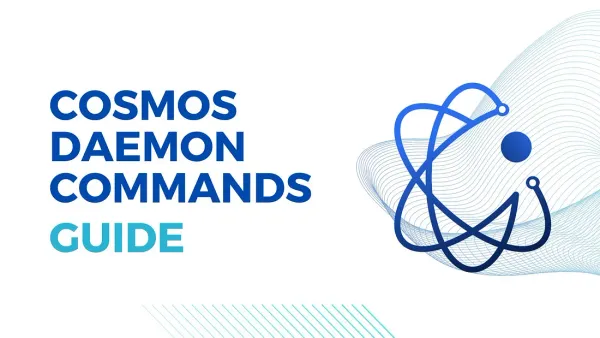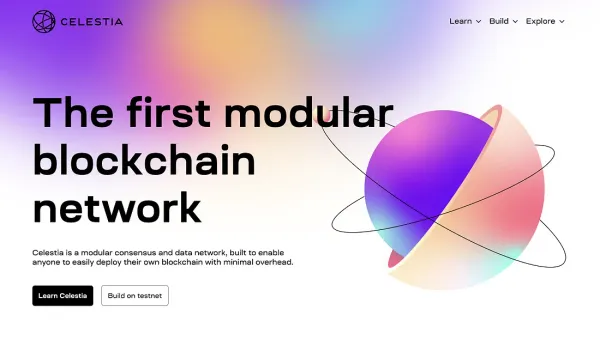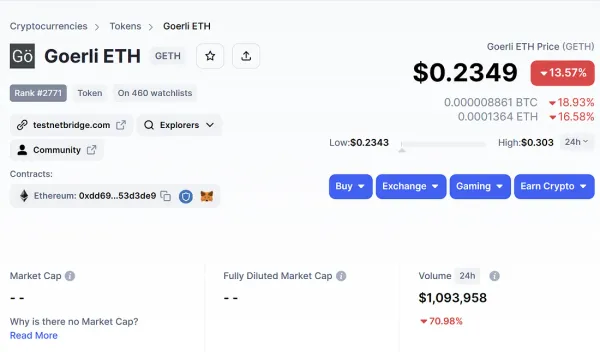The gravity of Umee

Today we are taking a step away from general bridging solutions and will present a solution that targets asset transfer. Without further ado, we are presenting a fresh player in the DeFi game Umee.
What is Umee?
Umee defines itself as a Cross Chain DeFi protocol. It is part of the Cosmos ecosystem and is built with the Cosmos SDK. The project aims to enable cross-chain lending and borrowing of assets.
What does Umee do?
In simple terms, it allows transferring assets (read tokens) from one blockchain (Cosmos) to another (Ethereum). It is possible by a clever combination of locking, burning, minting, and unlocking functions that are used on assets that need to be transferred. In short, you are locking your tokens on the one end (say Cosmos) and receiving them safely on the other (say Ethereum). Of course, these will not be the same tokens, but only their representation is backed 1 to 1.
What is remarkable about Umee?
That is not so difficult, but Umee brings to the table an interesting innovation. One of the strong differentiators of the Umee is the possibility of providing liquidity alongside staking. This means that at the same time, you can be a staker and liquidity provider and benefit from both. To do that, you need to deposit staking assets to Umee and create new tokens called “meTokens”, automatically staked onto validators.
What blockchains are supported by Umee?
The Umee focuses only on bridging two of the biggest ecosystems, Cosmos and Ethereum. For that to achieve, they propose the following architecture.

We already know from our previous articles that IBC stands for Inter-Blockchain Communication and is part of the Cosmos SDK toolkit that enables exchanging messages between compatible blockchain networks. Here, the IBC is utilized for relaying messages between the Umee Network and other networks from the Cosmos Ecosystem.
On the other end of the schema, we have Ethereum, which we also know is incompatible with the Cosmos Ecosystem. Hence, the communication between Umee Network and Ethereum happens through the Gravity Bridge.
How does the Umee work?

- Users send assets to the Umee Network. This happens through the IBC protocol and is registered by the Umee IBC Module. The asset is locked.
- The Umee IBC Module informs the dedicated Cosmos Token Module about the asset, and Umee_IBC_Token is minted, representing the original asset in the Umee Network.
- The Umee Blockchain registers that a new token was minted.
- The Gravity Cosmos Module then batches transactions in a batch pool.
- If a batch gets at least 2/3s of the validator set, it can be transitioned to the Ethereum through Gravity Ethereum Contract by Gravity Relayers. In the meantime, the Gravity Orchestrators monitor the Ethereum blockchain for transaction confirmation events, which are then passed to the Umee as a transaction acknowledgment.
- The batch is registered on Ethereum.
- The Ethereum Token Contract mints ERC20_Umee_IBC_Tokens, which are a representation of the original asset on Ethereum.
- The newly minted assets are delivered to the Destination Contract, where users can interact with them.
- The assets transfer has been completed successfully.
We have skipped some of the details of the Gravity Bridge’s internal workings to focus on the Umee Network’s. Therefore, not everything might be right with the specification, for which we apologize to all technical purists and other offended folks.
Nevertheless, we hope that you have enjoyed this content. Till the next read!





